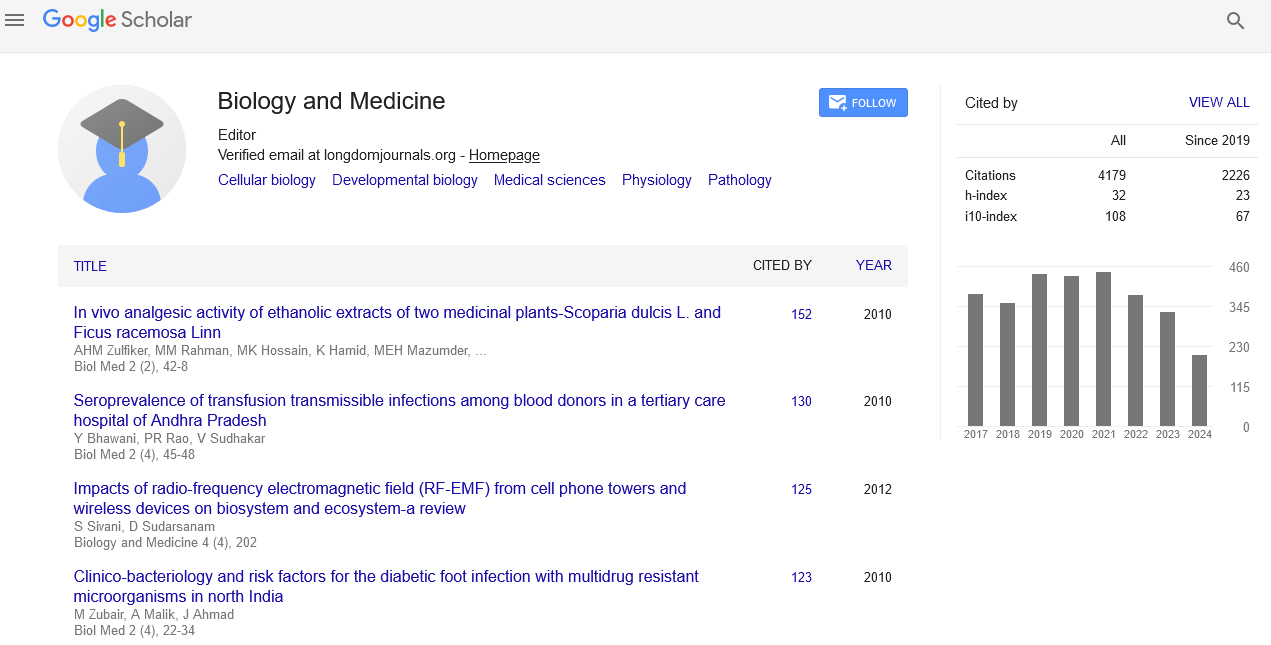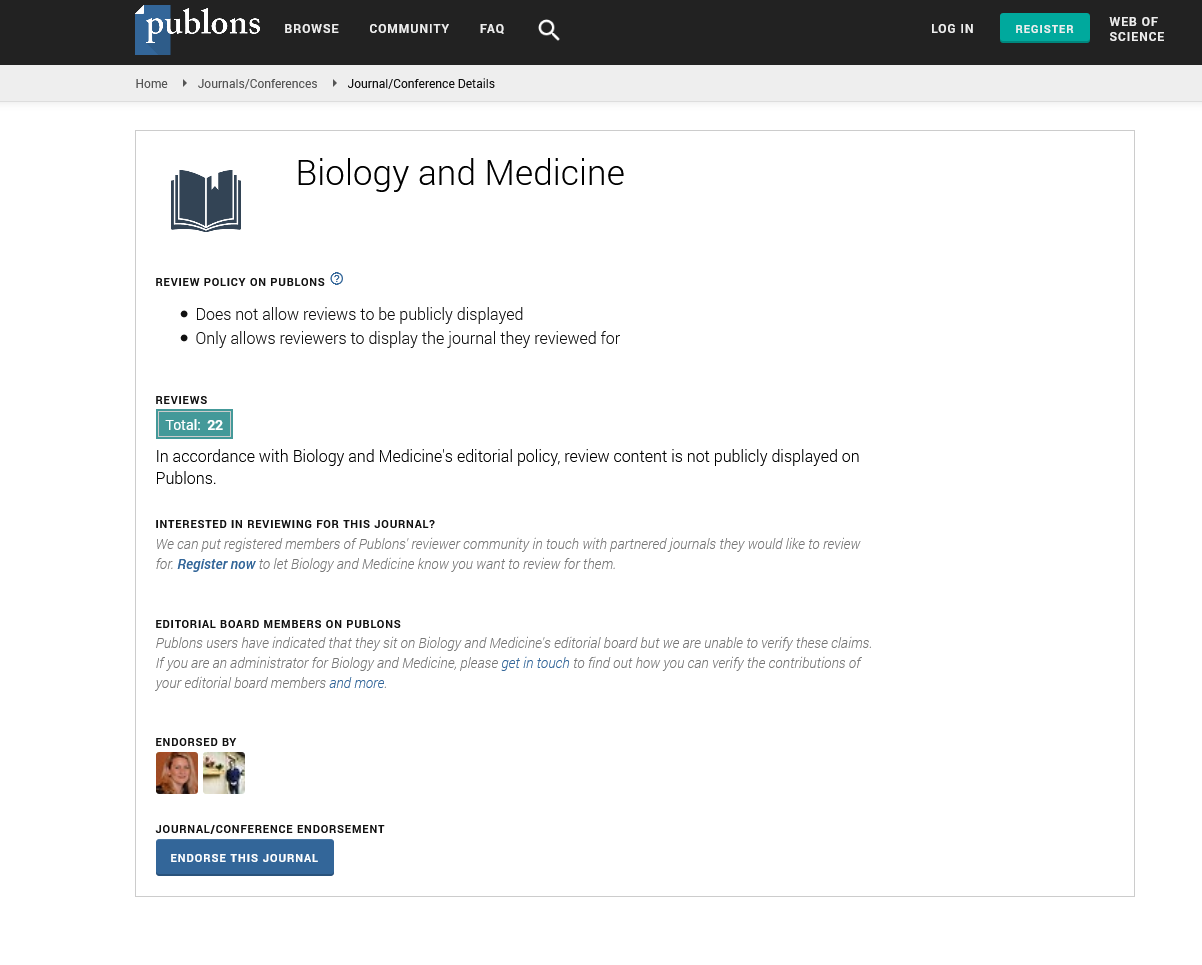Indexed In
- Open J Gate
- Genamics JournalSeek
- CiteFactor
- Cosmos IF
- Scimago
- Ulrich's Periodicals Directory
- Electronic Journals Library
- RefSeek
- Hamdard University
- EBSCO A-Z
- Directory of Abstract Indexing for Journals
- OCLC- WorldCat
- Proquest Summons
- Scholarsteer
- ROAD
- Virtual Library of Biology (vifabio)
- Publons
- Geneva Foundation for Medical Education and Research
- Google Scholar
Useful Links
Share This Page
Journal Flyer

Open Access Journals
- Agri and Aquaculture
- Biochemistry
- Bioinformatics & Systems Biology
- Business & Management
- Chemistry
- Clinical Sciences
- Engineering
- Food & Nutrition
- General Science
- Genetics & Molecular Biology
- Immunology & Microbiology
- Medical Sciences
- Neuroscience & Psychology
- Nursing & Health Care
- Pharmaceutical Sciences
Abstract
Seasonal and spatial distribution of Brachionus (Pallas, 1966; Eurotatoria: Monogonanta: Brachionidae), a bioindicator of eutrophication in lake El-Manzalah, Egypt
Mola HRA
Rotifers, especially Brachionus sp., are the major component of zooplankton in Egyptian eutrophic lakes. These species play an important role as bioindicator in these aquatic environments. In present study, twenty-four zooplankton samples were collected and investigated along six stations of southeastern sector of the lake from August 2009 to May 2010. Brachionus sp. were the most abundant species constituting 74.8 % of the total rotifers and 59.87 % of the total zooplankton. It was represented by 7 species which are; Brachionus angularis, B. budapestinensis, B. calyciflorus, B. caudatus, B. plicatilis, B. urceolaris and B. quadridentatus. The highest abundance of Brachionus sp. was recorded at Ibn Salam Station (4227493 Org./m3 ) during summer due to the effect of water discharge rich in nutrients through 3 main drains in this area while the lowest abundance was recorded at ElQaboti Station (333 Org./m3 ) during winter. Brachionus angularis and B. calyciflorus formed collectively (92.16 % of the total Brachionus sp.). The presence of these species of Brachionus in high composition indicates eutrophication of Lake El-Manzalah.


